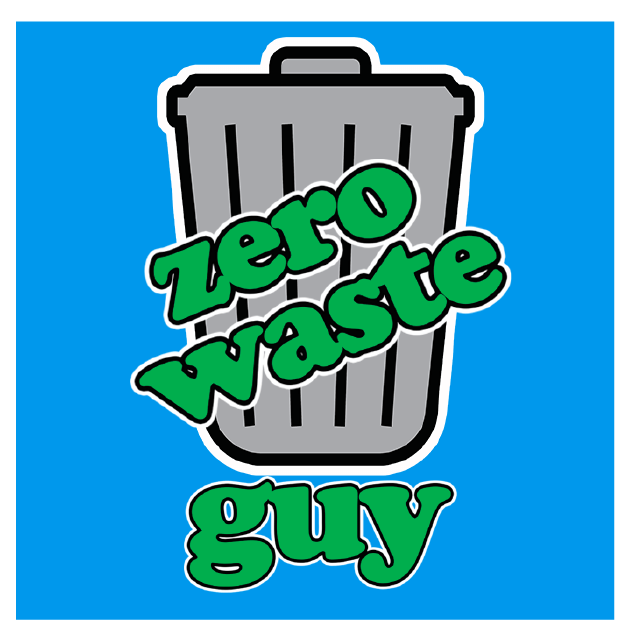August 8, 2016 was internationally known as Ecological Debt or Earth Overshoot Day. What this means is, as of today we have used as much from nature as our planet can renew in this entire year.

August 8 was the 221st day of the year out of 366 days (this is a leap year), so we are only 60% of the way through 2016, but have used up all the naturally renewing resources. From tomorrow through the end of the year, we will be in an environmental “debt.” Think of this as borrowed time or a borrowed resource. An example would be taking out a mortgage to buy a home. Since you don’t have enough money to buy the whole house outright today, you take on debt in the form of a loan that will take 30 years to pay off. The hope though, is that in addition to having a stable place to live for a large chunk of your life you will also have a resource (your home) that has appreciated in value.
Unfortunately, the debt we are going into with our planet is not something that will appreciate or improve over time. Instead, we are increasing the speed at which we irreversibly deplete our natural resources. When I say natural resources I am referring to our clean water, healthy soil and fossil fuel, just to name a few. According to Earth Overshoot Day 2016, it would (impossibly) take 1.6 earths to maintain the status quo. This means that we are overshooting by 60%, based on current consumption patterns.
I am often told by the people I interact with regularly that as an individual, we are each too small to make a difference and in many ways that is an accurate statement. If only one of us does something but it is not adopted by anyone else, then yes, it will have no impact. If you are an American like me reading this, consider for a moment that although we make up about 5% of the world’s population, we use about one-third of all her resources. So, one out of every three gallons of gas, cups of coffee, or Ikea shelves was consumed by one of “U.S.” This means that we as Americans can have a greater impact than much of the rest of the world. We can choose to buy a smaller car (or get rid of our car), live in a smaller home and buy less stuff.
INSTERT HOW MANY EARTH’S IMAGE
Or, we can choose to do nothing. And, while doing nothing, we can watch as behemoths like China strive to be more American…to consume more. If everyone consumed like us here in the United States, it would take 4.8 earths to sustain our needs. Obviously, that is not possible or sustainable.
If you are trying to wrap your brain around this one like I am, let me see if I can break it down a bit more. If you are driving on a freeway that is being used at 60% above capacity, the freeway (hopefully) won’t collapse, but it will take you a lot longer to get to where you want to go.
With our planet, consuming at 60% over capacity won’t cause it to implode, but it will cause us to consume resources faster than we can replenish them. If maintained over time, we will eventually have no fresh water, no healthy soil and no plants and trees to clean the air.
Over time, we will kill ourselves off.
But it’s not all bad. There are several things we can do right now to make a difference. Here are a few ideas from Earth Overshoot Day:
1. Host a vegetarian (or vegan) dinner party
2. Lower your household energy consumption
3. Pick a day to telecommute or take alternative transportation
4. Illustrate (or verbalize) your commitment to tread lightly on the Earth
5. Reduce your paper waste
Another option not listed above is to stop buying new clothing. Manufacturing clothing has a huge environmental impact. Extending the life of a shirt or pair of pants by buying them used from a second hand clothing store saves massive amounts of water and supports local business.
I live in Southern California and reached out recently to the Society of Saint Vincent de Paul to see if there was a way in which we could collaborate on a zero waste project. I had been following them on Instagram and was impressed by their 100,000 square foot facility located in the Lincoln Heights neighborhood of Los Angeles.
To date they have diverted 400,000 pounds of textiles that would otherwise go in the trash!
After meeting with them we decided that it would be best for us to create a how-to video with the focus of the video on neckties. If you are like me, then you have dozens of old out-of-style neckties clogging up your drawers.
Wide or “fat” neckties are out of style and I have a ton of them! Fortunately, their store coordinator, Laura, has a background in fashion and a knack for repairing, altering and modifying clothes to extend their lives and keep them current. When you have a spare two minutes, please check out our video which is up on the Society’s YouTube channel. If you feel so compelled, we would love for your to share our video with your friends and followers, which supports our ability to make more videos like this one.
How to turn a fat tie into a skinny tie!
As you can see from our video and the items listed above, these ways to reduce your footprint are not life-altering. Instead, they are small and incremental. Going from carnivore to vegan is a huge change, which can be a huge undertaking. Having friends over for a vegetarian meal is a much easier way to recognize our planet’s changing climate without taking too much effort or energy.
I’d like to leave you with this last concept:
The earth is on loan from our children. The choices we make today might not affect ourselves, but they will absolutely affect those who come after us. Let’s get our future generations off to a good start by leaving them with a healthy planet.

I have never heard of Earth Overshoot Day. What a scary thing! It's crazy to think we are using that many resources, but when you look around it is very easy to see how much of it going to disposable items.